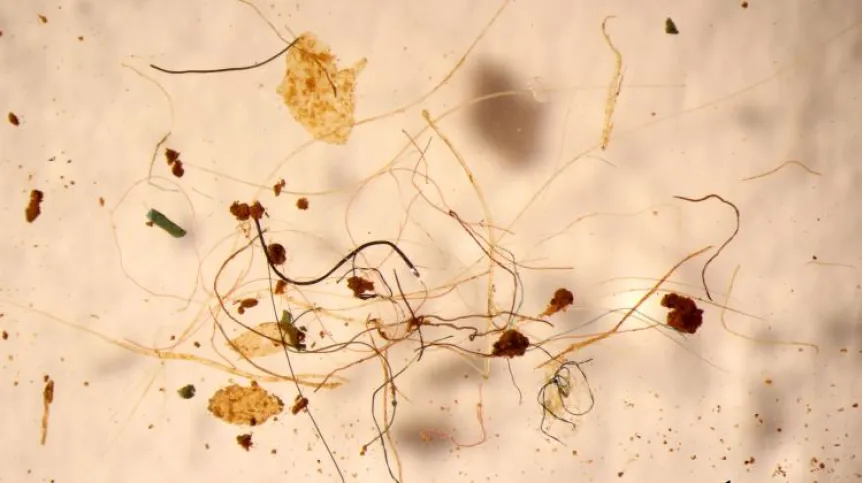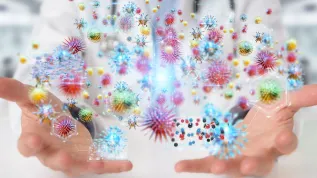
Microplastics are are present in the Kraków air in winter, say the authors of the first study of this phenomenon in Poland. Scientists have not yet determined the scale of the pollution.
The global production of ubiquitous plastics is hundreds of millions of tons per year and growing. In total, over 8 billion tonnes have already been produced. Numerous reports from scientists around the world confirm the widespread presence of small plastic fragments in the oceans. Freshwater reservoirs and land areas are slightly less researched in this respect. In recent years, only a few analyses of the presence of microplastics in the air have been carried out, for example in Paris.
Researchers from Kraków have checked whether microplastics are also present in the air of the capital of Małopolska.
Scientists have found that the amount of microscopic plastic particles in dustfall (i.e. among other very numerous air pollutants in Kraków) was surprisingly large. However, they do not provide the precise number. Fibres have various lengths (from 0.5 mm to 9 mm). Most of them are colourless, others are blue, red, black and brown. In addition, researchers also found non-fibre microplastics, in the form of lumps.
"Plastic products are currently made of thousands of types of synthetic polymers. For now, we have not carried out a detailed analysis of their composition, but tests have shown that the fragments we have found are mostly plastics, and therefore small fragments of man-made objects" - says Kinga Jarosz from the Jagiellonian University, co-author of the study.
These tests were necessary because plastics are chemically similar to polymers that naturally occur in the environment. But they have different molecular structure.
Microscopic fragments of plastic collected by scientists may be fragments of commonly used products such as fabrics, packaging, disposable bags. This list can be much longer, the researchers emphasize.
Scientists "caught" microplastics from the air on the roof of the building of the Pedagogical University of Cracow. They placed glass vessels in special containers, in which air pollution settled, including plastic particles floating high above the buildings.
"To my knowledge, these are the first such analyses performed in our country", says Jarosz. The research team also included Prof. Wanda Wilczyńska-Michalik from the Institute of Geography of the Pedagogical University of Cracow and Prof. Marek Michalik from the Institute of Geological Sciences of the Jagiellonian University. Their conclusions were published in the September issue of the monthly AURA (http://aura.krakow.pl/).
Jarosz emphasizes that this is only preliminary research. "We simply wanted to find out if plastic was present in the atmospheric air in Kraków. Now that we have proof, it`s time for a more advanced project and selection of the best research methods" - she says.
Scientists are still not sure what impact micro-plastic getting into the human body can have on health. Due to its small size, it is probably absorbed; if so, to what extent and how does it affect tissues and organs? Some researchers say that plastics in the body can negatively affect health, for example hormonal balance.
Recently, the World Health Organization (WHO) has assured that the microplastics in drinking water do not pose a health risk. However, according to WHO, further research is needed because only fragmentary data are currently available to scientists.
According to scientists, microplastics threaten organisms living in seas and oceans, where their amounts are particularly high. The plastics eaten by aquatic organisms also "travel" up the food chain. The decomposition of microplastics in the natural environment takes decades, while water treatment plants and sewage treatment plants usually are not capable of filtering this type of pollution.
PAP - Science in Poland, Szymon Zdziebłowski
szz/ zan/ kap/
tr. RL













